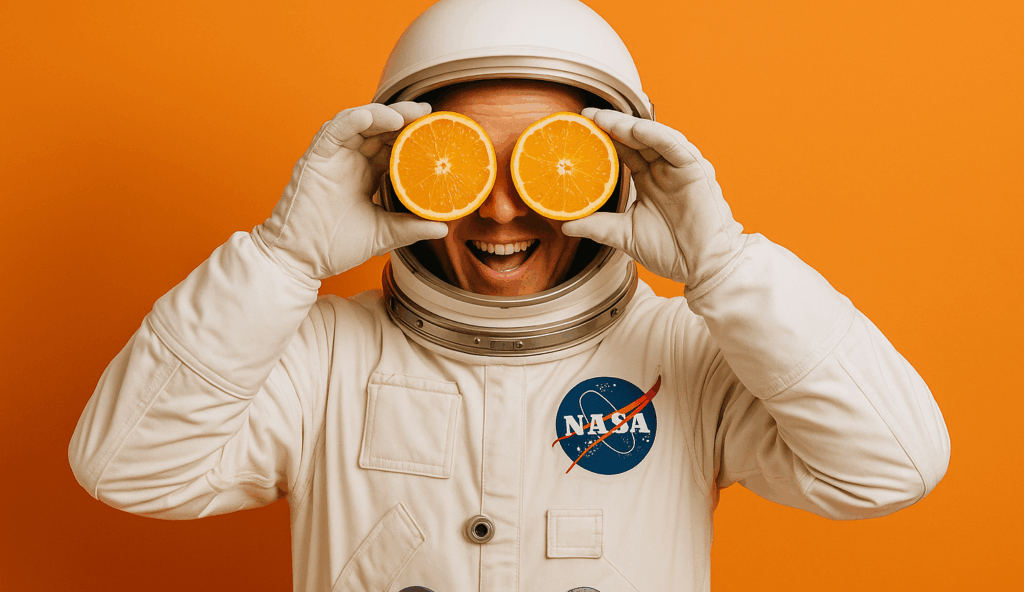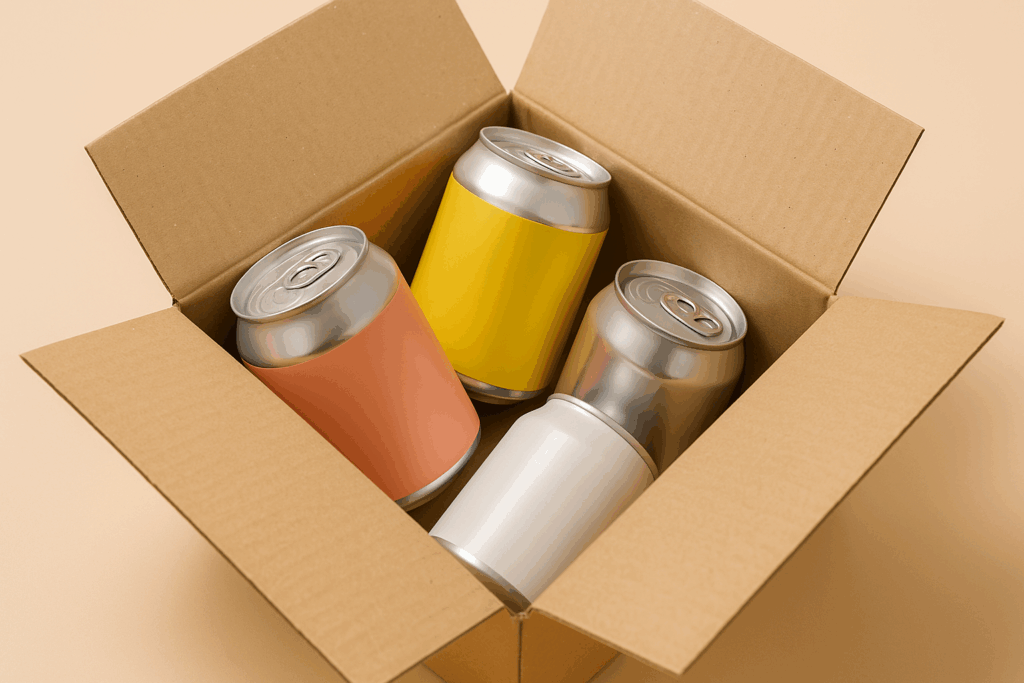Customers’ initial impressions of restaurants, hotels, and resorts are often influenced by the food that is featured on websites or social media, which may or may not affect their decision to reserve a table.
Strong restaurant food photography should communicate quality, capture atmosphere and make viewers imagine the taste and experience while poor food photography can make even great food look unappetizing and hurt your brand’s credibility.
This blog gives 6 practical tips to improve your restaurant food photography. You’ll learn simple styling techniques, efficient shooting setups and workflows that work with professional cameras or just an iPhone. Whether you’re a beginner or an experienced marketer, these ideas will help you create images that drive engagement and boost site conversions.
Use Natural Lighting to Enhance Your Food Photography
Lighting is the most important element in any food photography and one of the easiest ways to improve results without expensive gear. Natural light brings out the textures, colors and freshness that guests crave when browsing your site or social media.
For most setups, indirect daylight near a large window works best. Avoid direct sunlight which casts harsh shadows and can overexpose bright elements like white plates or glossy sauces. Instead, use sheer curtains or bounce light off a white foam board to soften shadows and add dimension.
When the light is warmer and softer, schedule your photo session for mid-morning or late afternoon. If a brand produces a lot of material, think about shooting in batches during the best lighting conditions and editing afterwards.
When using an iPhone for food photography, users can turn off the flash, use portrait mode, and tap to manually adjust focus and exposure for the best light control if they’re shooting mobile-first material.
Tell a Visual Story Through Food Photography
For hospitality brands, visuals need to say more than “this is what’s on the plate.” They should answer the question, “What kind of experience are you selling”?
Telling a story through food photography requires intentionality. Including elements like textured tablecloths, glassware, hands reaching for bites, or staff plating with care are cues that invite the viewer into the scene and bridge the gap between screen and table.
Here are real-world examples of storytelling strategies:
- A rooftop bar might include skyline views in the background.
- A farm-to-table restaurant could include produce baskets or rustic cutting boards.
- A hotel room service tray beside plush bedding and a folded newspaper tells a luxury story in one frame.
Whether you’re using DSLR gear or an iPhone, building a visual narrative around your cuisine can improve engagement and dwell time on your website.
Undercook Food for Better Texture and Color
It might sound counterintuitive, but in restaurant food photography, fully cooked food. isn’t always fully convincing. Especially in long-form shoots, dishes can lose their appeal fast and one of the best tips on food photography is undercooking the food.
Here are some of the benefits of undercooking for food photography:
- Prevents visual collapse during extended shoots
- Keeps food looking crisp and just-picked
- Allows for better manipulation of elements on set (e.g., slicing, plating, reshaping)
For food photography, this may seem technical but it’s a simple shift with big visual impact. Just remember, if you’re photographing dishes intended for actual service or consumption, mark plates as “photo-only” to avoid cross-use confusion in commercial kitchens.
Incorporate Bowls for Depth
Bowls are one of the most underrated styling tools in food photography, particularly in the hospitality industry where presentation directly affects perception. Flat plates can often lead to uninspired compositions especially when shooting from above or with a smartphone.
Bowls, on the other hand, naturally create depth, leading lines and pleasing shadows that enhance the viewer’s sense of dimension and scale.
This matters for everything from salads to noodle dishes to plated desserts. The curvature of a bowl keeps ingredients layered and vibrant which reduces the risk of elements blending into one another.
Bowls also give brands with limited resources greater choice over how they use natural light because the shadows flow around the edge, creating a natural contrast and elevating the mood.
Add Oil or Water for Shine and Texture
A dry burger bun or matte grilled fish might taste delicious in person but online, it can look lifeless. One of the most effective yet overlooked tips on food photography is adding a touch of oil or water to refresh the visual texture of your dishes.
A pastry brush dipped in olive oil can revive roasted vegetables, while a fine mist of water brings life back to herbs, leafy greens, or berries. These micro-touches make dishes glisten under light and give them that fresh look even if they’ve been sitting under the camera for 45 minutes.
It’s important to know that these touches are about subtlety. Too much oil can create glare and over-spraying can make ingredients soggy. Use tweezers, droppers, and brushes to apply shine precisely.
This small act of styling can bridge the gap between an amateur-looking post and a professional hospitality brand. Especially when your visuals are the main driver of the websites conversion, investing an extra 30 seconds in texture can dramatically change performance metrics.
Embrace a Bit of Mess in Your Food Photography
Perfection is sometimes boring especially online. While neat plating might win Michelin stars, real people respond to relatable visuals. Crumbs, splashes, a used spoon are elements of food photography that humanize imagery and drive interaction.
In restaurant food photography, this controlled mess is strategic. It adds dynamism, breaks the frame and makes the viewer feel like they’re moments away from taking a bite. Hospitality brands can leverage this to evoke authenticity especially if your brand leans into farm-to-table, casual dining, or artisanal experiences.
Here are some examples of how to use the mess the right way for professional photography
- A half-sliced cake with crumbs on the cutting board
- Spilled sugar next to a coffee cup
- Pasta twirled mid-air with a fork
- A dribble of dressing beside a vibrant salad
Make Your Visuals Worth Booking For
In hospitality, every image should capture the experience you offer. With the right approach to restaurant food photography, your photos can do more than look appealing. Using techniques like natural lighting, visual storytelling, undercooking for vibrant colors, and carefully chosen props, you can present your dishes in a way that reflects your brand’s true quality.
Whether you’re updating your hotel website or creating a content library for a new restaurant, these restaurant food photography tips work for both beginners and professionals. They’ll help you create images that inspire action and strengthen your brand’s reputation.
Want restaurant food photography that matches the quality of your dining experience? Work with MAVRK Studio to create visuals that engage, connect, and convert.





